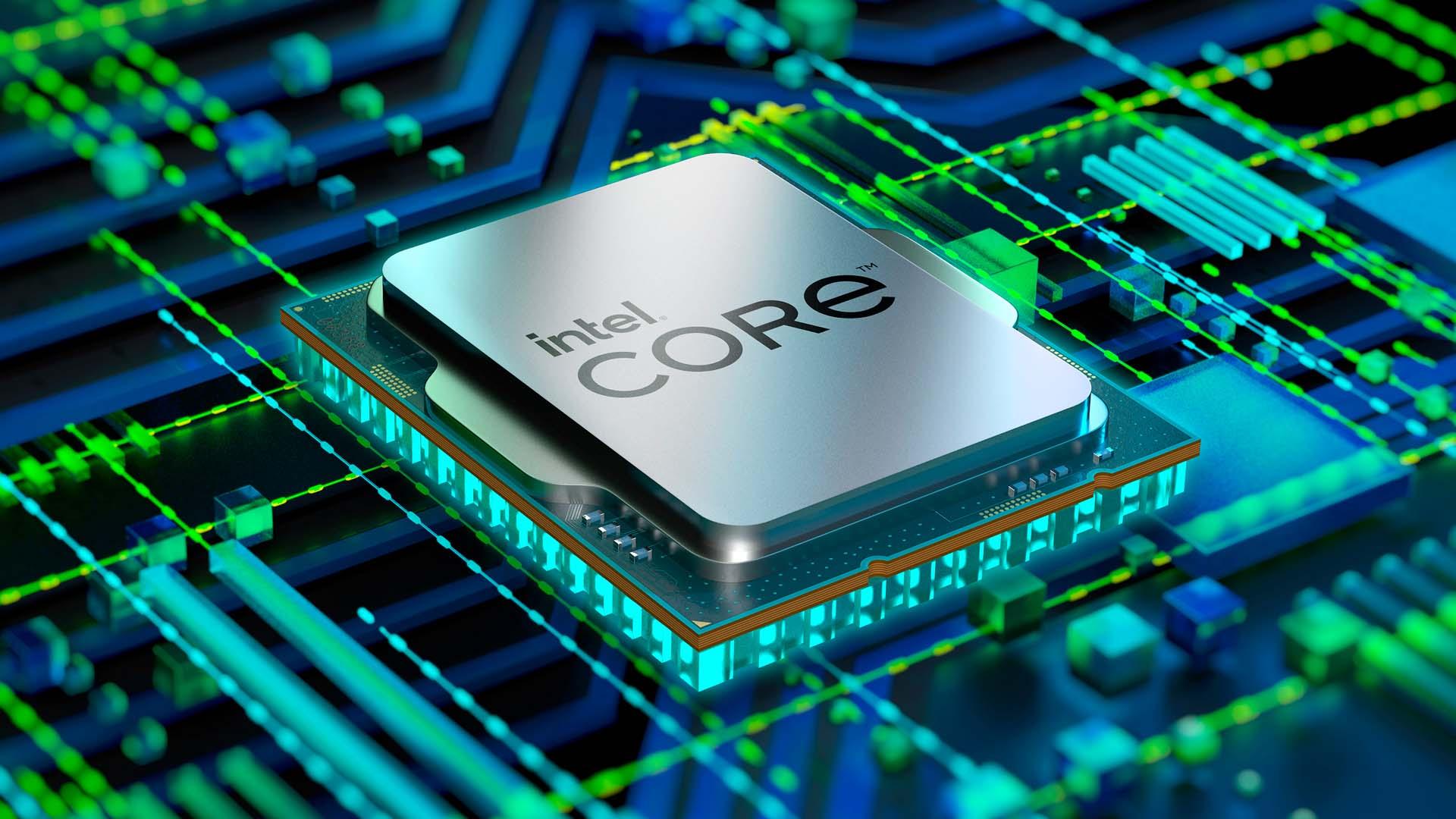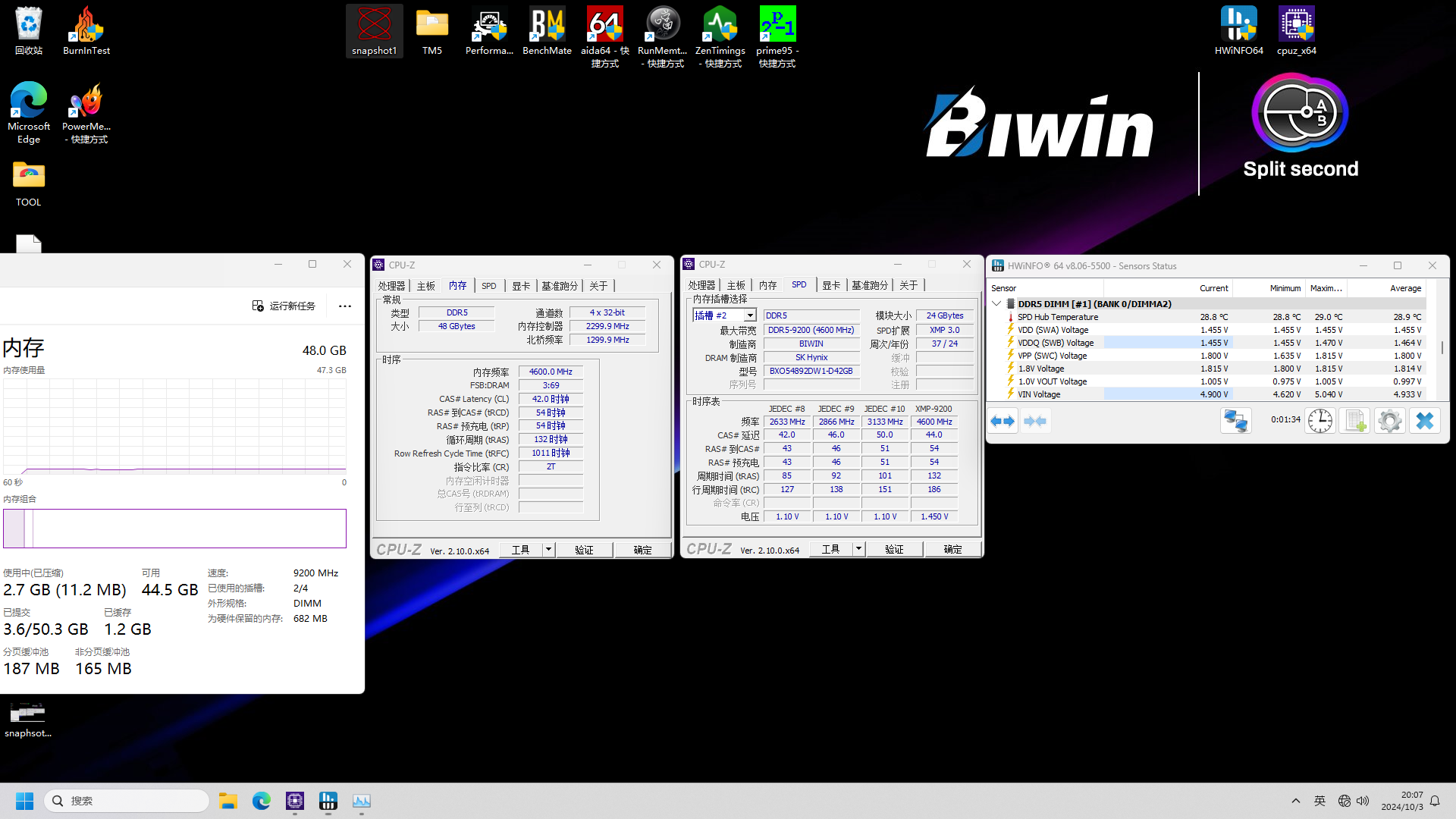
Intel reportedly wants its next-generation desktop CPU platform to be as capable as possible, and one way to do so is to support the fastest memory possible. According to reputable leaker MebiuW, the company is working to make the codenamed Arrow Lake-S platform support ultra-high-end CUDIMMs (Clock-Unbuffered Dual In-line Memory Modules), including those that support a data transfer rate DDR5-10000.
We already knew that Intel's next-generation processor can support DDR5-9600 CUDIMMs with a specially designed XMP 3.0 profile, an I/O speed of 4800 MT/s, and a memory controller frequency of 2,400 MHz. MebiuW claims that the forthcoming Arrow Lake-S processor can also handle data transfer rates of up to DDR5-10000, presumably in Gear 2 mode. Keep in mind that this is unofficial information that may contain inaccuracies, though.
A couple of DDR5-10000 CUDIMMs running in a dual-channel mode will offer a peak memory bandwidth of 160 GB/s, which is quite significant. By contrast, two DDR5-9600 modules provide a peak DRAM bandwidth of 96 GB/s.

When we encountered CUDIMM memory modules earlier this year at Computex and discovered that AMD's Ryzen 9000 desktop platform does not precisely support them, we suspected that these are aimed at "a next-generation platform," which implied on Intel's Arrow Lake-S.
So far, Asgard, Biwin, and V-Color have announced CUDIMM memory modules for desktops. Renowned suppliers of high-speed memory sticks, such as G.Skill, have also demonstrated them. None of these companies formally confirmed that they were working with Intel's LGA-1851 platform, but XMP profiles on these modules (which are, by definition, optimized for Intel CPUs) imply the upcoming Arrow Lake-S CPUs.
While CUDIMMs with their clock driver enable high data transfer rates, it should be noted that their voltages between 1.45V and 1.5V for speeds beyond DDR5-9000 are 32% - 36% higher than those standardized for DDR5 memory devices. While DRAM ICs can easily handle 10% - 15% higher-than-standard voltages, a 30% increase is a significant risk of damaging these chips. Also, with a substantial rise in memory voltage, a CKD chip, and a power management IC (PMIC) with power supply circuitry onboard, these upcoming CUDIMMs promise to get hot and will likely require proper cooling.







